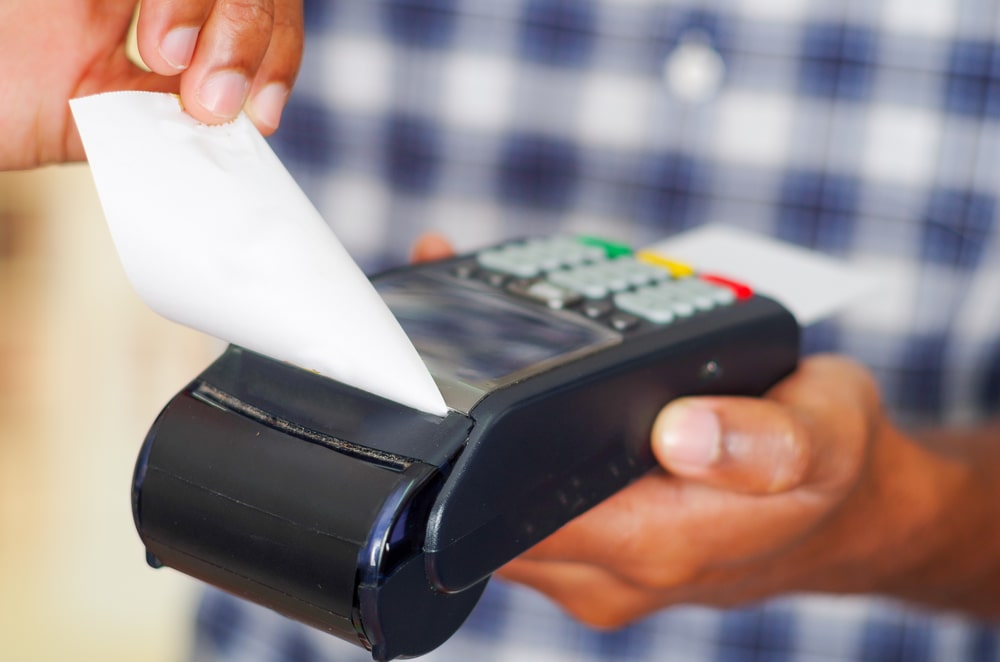In an increasingly digital world, businesses are seeking efficient and secure ways to process payments. Virtual terminal credit card processing has emerged as a valuable solution that enables businesses to accept payments remotely and securely. In this blog, we will dive into the realm of virtual terminal credit card processing, understanding its features, benefits, and how it can streamline your financial operations.
Understanding Virtual Terminal Credit Card Processing:
A virtual terminal is a web-based application that allows businesses to process credit card payments from anywhere with an internet connection. Unlike traditional point-of-sale (POS) systems, virtual terminals do not require physical card readers. Instead, they provide a secure online platform for manually entering payment details, making them particularly useful for businesses that operate remotely, offer phone-based orders, or accept payments through mail.
The Benefits of Virtual Terminal Credit Card Processing:
Remote Accessibility: Conduct transactions from anywhere, giving you the flexibility to accept payments even when you’re not physically present at your business location.
Versatility: Accept various payment methods, including credit and debit cards, e-checks, and ACH transfers, enhancing customer convenience.
Convenient Billing: Easily set up recurring payments and subscriptions, automating billing processes and reducing administrative burdens.
Enhanced Security: Virtual terminals prioritize security by utilizing encryption and compliance standards to protect sensitive customer data.
Expanding Customer Reach: By accommodating various payment methods, you attract a broader customer base, including those who prefer online transactions.
How Virtual Terminal Credit Card Processing Works:
Data Entry: Manually input customer payment details, including card number, expiration date, CVV, and billing information, into the virtual terminal.
Transaction Authorization: The virtual terminal securely transmits the payment details to the payment processor for authorization.
Approval or Decline: The payment processor communicates with the card issuer to approve or decline the transaction based on available funds and security checks.
Confirmation: Once approved, the virtual terminal provides a confirmation of the successful transaction.
Choosing the Right Virtual Terminal Provider:
Security Measures: Ensure the provider employs robust security protocols to safeguard customer information and payment data.
User-Friendly Interface: Opt for a virtual terminal with an intuitive interface that simplifies data entry and navigation.
Integration Capabilities: Check if the virtual terminal integrates seamlessly with your existing systems, such as accounting or CRM software.
Transaction Fees: Compare transaction fees and processing rates to find a cost-effective solution for your business.
Conclusion: Streamlining Your Payments with Virtual Terminal Credit Card Processing
Embracing virtual terminal credit card processing empowers your business with the flexibility to accept payments anytime, anywhere. The convenience, security, and versatility offered by virtual terminals make them a valuable asset for businesses of all sizes. By choosing a reputable virtual terminal provider that aligns with your needs, you can enhance your customer experience, improve financial management, and stay ahead in the evolving landscape of digital payments.

